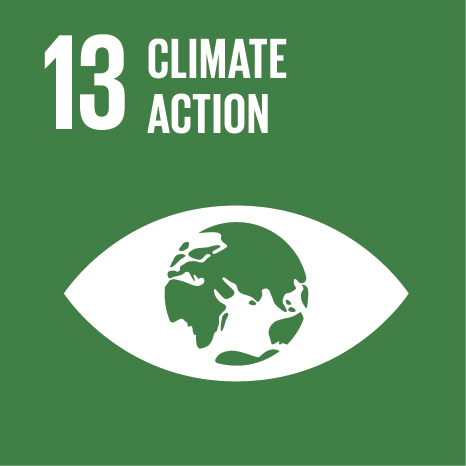Ciência_Iscte
Publications
Publication Detailed Description
Theory and practice: Conservation versus Rehabilitation
Event Title
Scientific Symposium Contemporary interventions on cultural heritage: theory and practice
Year (definitive publication)
2019
Language
English
Country
Portugal
More Information
Web of Science®
This publication is not indexed in Web of Science®
Scopus
This publication is not indexed in Scopus
Google Scholar
This publication is not indexed in Google Scholar
This publication is not indexed in Overton
Abstract
Theory says that interventions on cultural heritage must be performed with respect for authenticity and integrity. However, the practice does not always follow this principle. It is intend to present the situation in Portugal and promote reflection and debate regarding two issues: education gaps and changes in vocabulary, related with translations and national adaptations of the international standards. These questions are common in other countries and call for research in order to implement a better relationship between theory and practice.
Education both in professional training and in higher education mostly aimed to new construction. A survey in Portugal shows that the universities still graduate architects, engineers, art historians and archaeologists without offering a proper training in Conservation. Furthermore, Portuguese construction companies are not legally required to hire skilled technicians, and specialized conservators are not required for conservation projects. (Genin & Brum, 2018).
The Venice Charter defines that “Conservation and Restoration of monuments is a discipline”. Conservation includes maintenance, re-use and new constructions. The reuse is desirable, “but it must not change the lay-out or decoration of the building (…) No new construction, demolition or modification which would alter the relations of mass and colour must be allowed (…)”, the displacement of architectural, sculpture or decorative elements, is only accepted for preservation reasons. The interventions must assure Conservation (ICOMOS, 1964).
Following the spirit of the Venice Charter, Bernard Feilden enlarged the field of Conservation, including Restoration as one of the seven degrees of intervention. The reuse is called Rehabilitation, which is the fifth level of intervention (Feilden, 1982). This classification is very clear: the interventions are listed depending on the degree of destruction on the heritage. But more importantly Feilden considers, like the Charter, that the objective of any intervention is conservation (Feilden, 1982).
Actually, the re-use is the main goal of interventions through all Europe, regarding the new concept “Adaptive re-use”. In Portugal, Rehabilitation has turned into the main discipline. The adaption of the definitions of the international standards in the national language/vocabulary provoked a reversal of the original concept of Conservation. Contrary to the standards, Rehabilitation here includes Conservation, among other types of interventions. Currently Conservation is only technical. Worse, Rehabilitation has the sole meaning of reuse, and can even include Facadism (fig.1).
Acknowledgements
--
Keywords
Contributions to the Sustainable Development Goals of the United Nations
With the objective to increase the research activity directed towards the achievement of the United Nations 2030 Sustainable Development Goals, the possibility of associating scientific publications with the Sustainable Development Goals is now available in Ciência_Iscte. These are the Sustainable Development Goals identified by the author(s) for this publication. For more detailed information on the Sustainable Development Goals, click here.

 Português
Português




